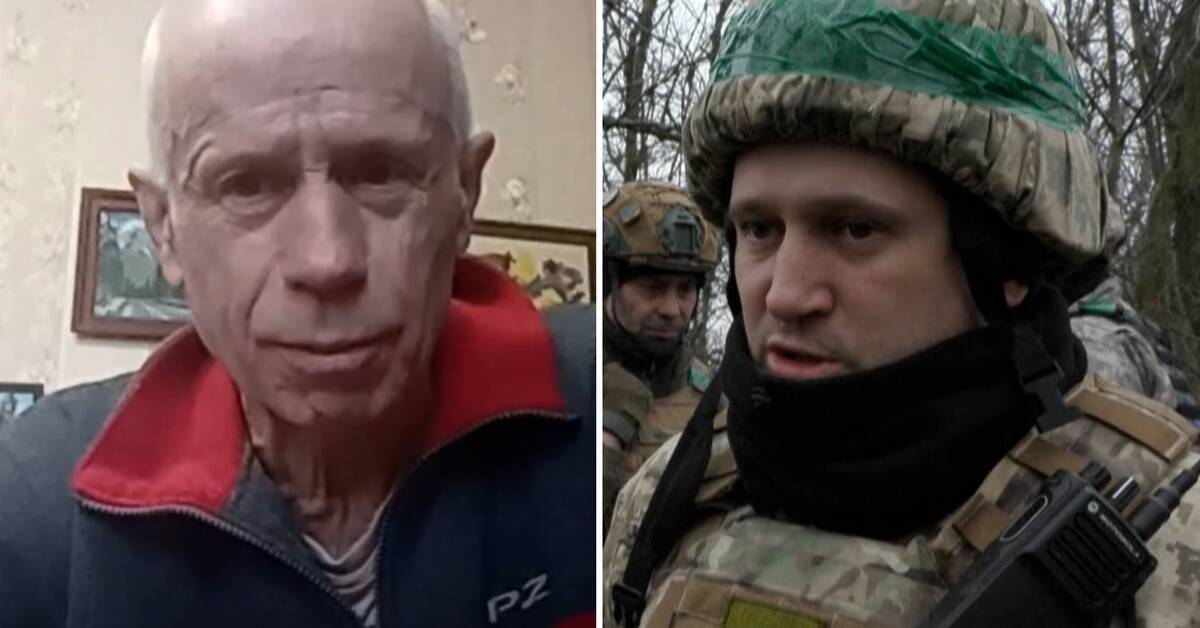The war in Ukraine is not only fought on the front lines, with bullets and grenades – Ukraine and Russia also conduct propaganda wars on social media. These parallel wars can interact with each other, for example, when enemy soldiers are dehumanized in different ways.
The dehumanization of enemy soldiers is necessary in war, says David Bergman, major and doctor of psychology at the Swedish Defence University.
- It shifts the focus and turns the opponent from a human into an object: the enemy. That's what allows one to operate on the battle field.
"Increases risk of war crimes"
But it's easy to cross a fine line, he points out.
"The danger is that you move away from the dehumanizing to a demonizing state that whips up to the practice of violence.
This significantly increases the risk of violations, war crimes and genocide," bergman says. He highlights several historical examples:
- Perhaps the most famous comes from the Holocaust, where Jews were called rats. Another example is the Rwandan genocide in the 1990s where the Tutsis were called cockroaches.
Orcs and "dill"
In Russian propaganda, since the invasion began, Putin has called Ukrainians, in particular the government in Kiev, Nazis. It is a term that is also widely used about the Ukrainian soldiers. Another nickname used is "dill".
In Ukrainian propaganda, the Russian soldiers are often referred to as Orcs – that is, the twisted and stupid creatures who fight for the evil side in the books and films about the Lord of the Rings. They have also been depicted as pigs.
See examples of the dehumanization in the clip.

